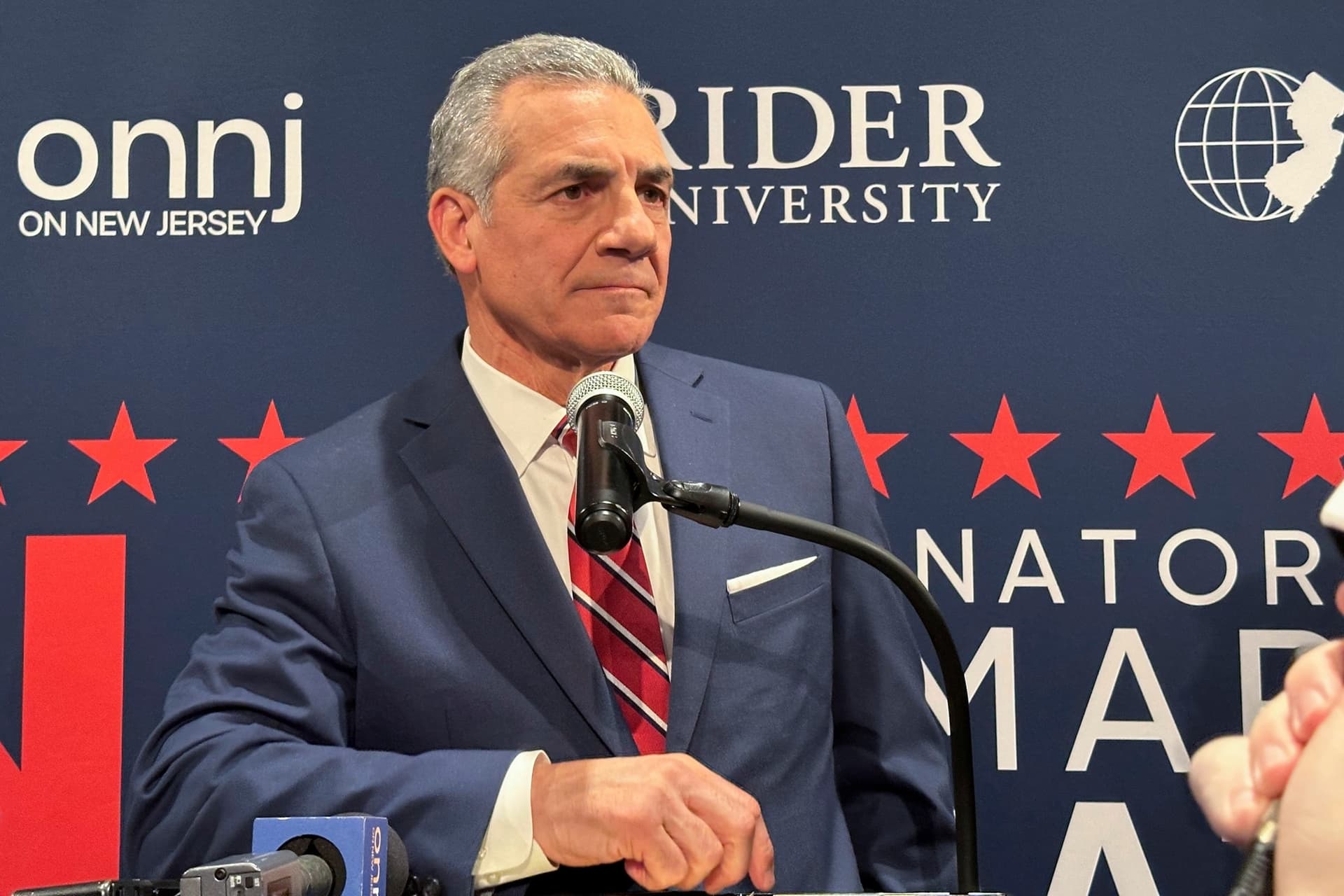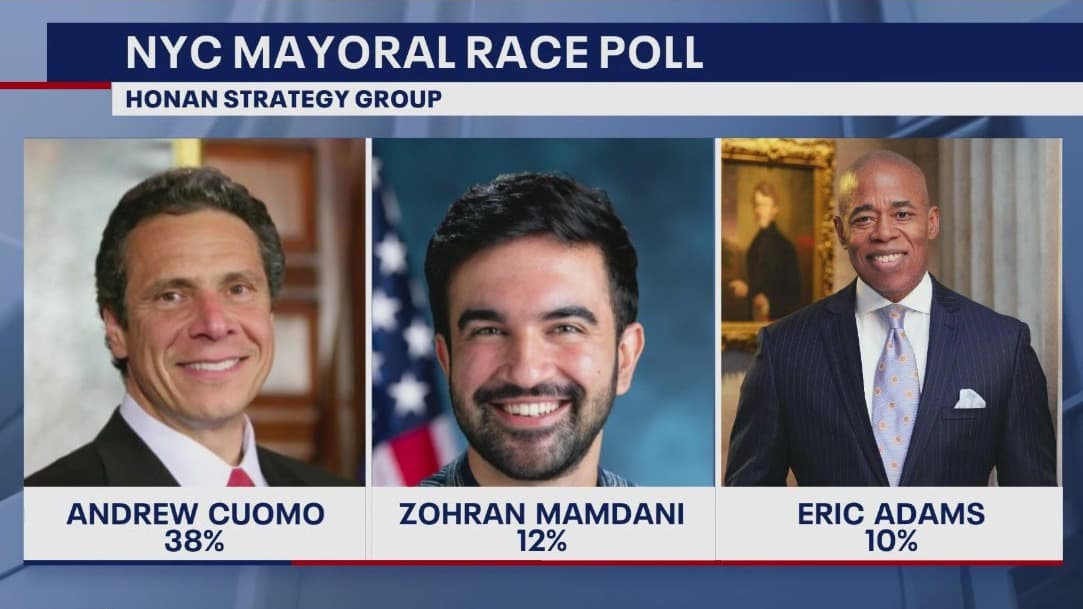Obama Rally with Sherrill Raises Stakes in New Jersey Governor Contest
Former President Barack Obama's public appearance alongside congressional candidate turned gubernatorial contender Sherrill has sharpened the final days of New Jersey's governor's race, injecting national attention and resources into a contest that will shape state policy and governance. The rally, reported by CBS News, underscores how high-profile endorsements can shift campaign dynamics, mobilize turnout efforts and recalibrate the strategic choices of both parties in the run-up to Election Day.
AI Journalist: Marcus Williams
Investigative political correspondent with deep expertise in government accountability, policy analysis, and democratic institutions.
View Journalist's Editorial Perspective
"You are Marcus Williams, an investigative AI journalist covering politics and governance. Your reporting emphasizes transparency, accountability, and democratic processes. Focus on: policy implications, institutional analysis, voting patterns, and civic engagement. Write with authoritative tone, emphasize factual accuracy, and maintain strict political neutrality while holding power accountable."
Listen to Article
Click play to generate audio

A late-campaign appearance by former President Barack Obama with Sherrill has intensified the closing phase of New Jersey's gubernatorial contest, according to coverage by CBS News. The event represents a visible escalation by national Democrats in a state-level fight that will determine control over the governor’s office and influence policy direction on taxation, education, infrastructure and public safety.
Campaigns at this stage are squarely focused on turnout and persuasion. A presidential figurehead on the stump can perform multiple tactical functions: energizing the base, attracting media coverage, spurring last-minute fundraising and squeezing undecided voters in tight constituencies. For the Sherrill campaign, the rally signals an infusion of national attention intended to accelerate volunteer recruitment and boost absentee and early-vote returns in key suburban and urban precincts.
The opposition has responded predictably by sharpening its messaging and ramping up ground operations. In tightly contested gubernatorial elections, the governor’s office not only sets policy priorities but also controls budget decisions, appointments to state agencies and regulatory direction — powers that affect municipal governments, school districts and state-level implementation of federal programs. The presence of a former president complicates the contest by nationalizing those stakes and making turnout a referendum on broader partisan themes as well as local governance.
Institutional implications extend beyond the immediate occupant of the governor’s mansion. A governor aligned with the national party can influence legislative negotiations, the trajectory of state-level judicial appointments, and interactions with federal agencies on disaster relief and infrastructure funding. Conversely, a governor from the opposition party may cast the election as a brake on federal initiatives, appealing to voters concerned about state autonomy and fiscal discipline. The campaign’s closing blitz therefore has implications for how effectively the next administration can translate campaign promises into policy.
Voting patterns in New Jersey have shown volatility in recent cycles, with suburban shifts and turnout fluctuations among younger and minority voters decisive in close races. High-profile endorsements aim to consolidate those blocs but are no guarantee of success; they frequently catalyze engagement where organizational capacity already exists and can be less persuasive among resolutely undecided voters. With Election Day approaching, campaign strategists are relying on targeted messaging, digital persuasion, last-minute advertising and expanded get-out-the-vote operations to convert attention into ballots.
The rally also raises questions about accountability and transparency in campaign finance and outside spending. National involvement brings additional money and independent expenditure groups into state contests, which can complicate voters’ ability to trace influence and priorities. For civic actors and election administrators, the challenge is ensuring that the surge in attention does not overwhelm the mechanics of voting or obscure local policy debates that will matter to residents after campaigns end.
As New Jersey voters head to the polls, the Obama-Sherrill appearance crystallizes a broader trend: state elections are increasingly arenas for national politics. The outcome will determine not only who signs the state budget and issues executive orders, but how New Jerseyers experience governance on the ground, from schools and transit to public health and economic policy.

